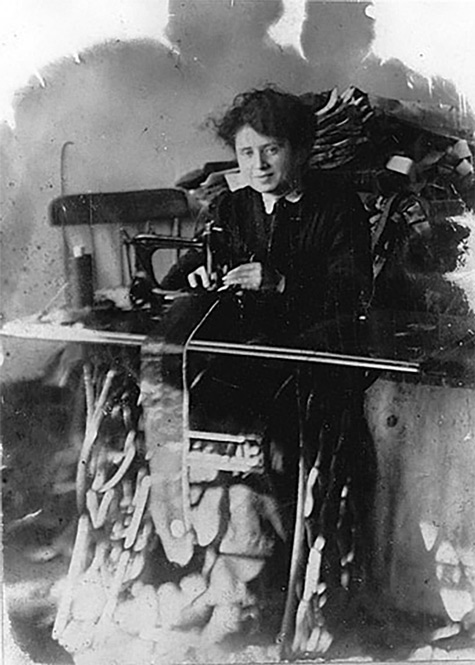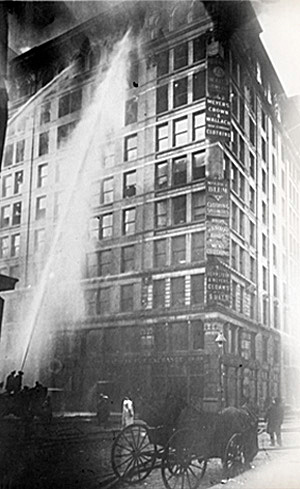
March 25 marks the 113th anniversary of one of the deadliest industrial disasters in American history. On this day in 1911, 146 garment workers lost their lives in a massive fire at the factory where they worked for the Triangle Shirtwaist Company.
The factory produced women’s blouses and was owned by Max Blanck and Isaac Harris. There were about 500 workers employed there, mostly immigrant women and girls as young as 14-years-old. These workers earned as low as $7 a week, with some paid up to $15 a week; that’s roughly $215-460 a week in today’s dollars.
The doors and exits to the factory were commonly locked to prevent workers from taking unauthorized breaks and reduce theft. On the day of the fire, many workers jumped from the 10th floor windows in an attempt to save themselves. It only took 18 minutes for firefighters to get the blaze under control, but by that time 146 workers died.
The silver lining of this horrendous tragedy was the immediate actions taken to prevent something like it from ever from happening again.

New York City established the American Society of Safety Professionals, which is now a global organization that works with federal agencies like the Occupational Safety and Health Administration (OSHA). The state introduced legislation to create the Factory Investigating Commission, which toured New York’s factories to report on measures the state could take to prevent future deaths by fire and unsafe or unclean environments. In addition to about 60 other laws, the Sullivan-Hoey Fire Prevention Law was passed, which required factory owners to install sprinkler systems.
Equally as important, the fire spurred the growth of the labor movement in the U.S. Following the fire, a prominent labor leader, Rose Schneiderman, delivered an address to the Women’s Trade Union League in New York. Her speech was harsh, not only to the officials, politicians, and employers, but to her fellow union members.
“I can’t talk fellowship to you who are gathered here. Too much blood has been spilled. I know from my experience it is up to the working people to save themselves. The only way they can save themselves is by a strong working-class movement,” Scheniderman said at the Metropolitan Opera House in 1911.
The membership ranks and political influence of the International Ladies’ Garment Workers’ Union (ILGWU) expanded after the fire. The ILGWU was known in New York and throughout the country for having close relationships to political officials, including New York Governor Alfred E. Smith and Senator Robert F. Wagner—who later had a hand in crafting U.S. President Franklin D. Roosevelt’s New Deal.
Today, the legacy of the ILGWU, and of the Triangle Shirtwaist Factory Fire, is represented by UNITE HERE, a labor union that covers members from the Union of Needletrades, Industrial and Textile Employees (UNITE)—formerly ILGWU—and members from the Hotel Employees and Restaurant Employees Union (HERE).
*Both photos courtesy of Cornell: https://trianglefire.ilr.cornell.edu/primary/
